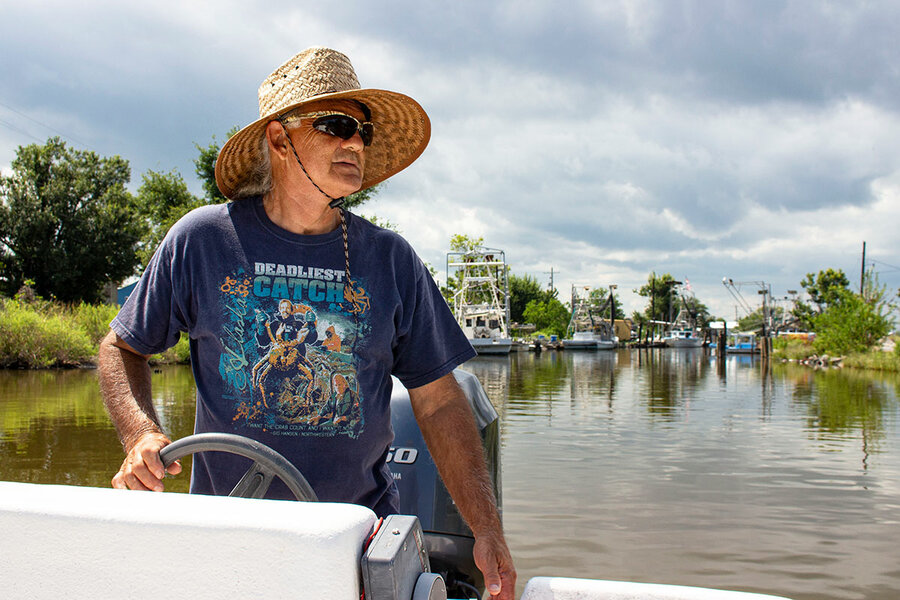Original publication by Katrina Beaven for abc.net.au on 20 October 2022

(Supplied: Clinton Bond)
A trip to the idyllic Wop-pa/Great Keppel Island sparked 12-year-old Noah Belot’s keen interest in conservation and, in particular, turtles.
Among the white sandy beaches and crystal-clear waters, he was lamenting the fact that he kept spotting rubbish.
It was then he was spotted by another environmentally conscious adult who asked if Noah wanted to join the Hatchlings – a group dedicated to turtle conservation.
“I was pretty devastated because Keppel is such a beautiful place and to get it trashed by rubbish made me feel pretty bad,” Noah said.

(ABC Capricornia: Katrina Beavan)
The Fitzroy Basin Association (FBA) created the Team Hatchlings project last year for children aged between 4 and 12 who want to help the Central Queensland turtle population.
As part of the group’s conservation work, it’s urging coastal communities to turn their lights out from 7pm to 8pm tonight for Turtle Hour.
The initiative aims to raise awareness about the potential negative impacts that artificial light has on nesting turtles and their hatchlings.

(Supplied: FBA)
Project officer Jodie Busch says turtles prefer dark beaches to lay their eggs and bright artificial light can deter them.
“If they don’t feel comfortable, they will just turn around, go back to the water and not lay,” she said.

(ABC Capricornia: Katrina Beavan)
That means turtles expend precious energy going back and forth looking for somewhere suitable to nest.
“With the hatchlings, once they break out of the nest and emerge, they are attracted to the reflection of the moonlight on the water, and that’s what guides them to the water,” Ms Busch said.
“Any artificial light that’s introduced into their environment, they will actually navigate towards that and they’re going in the wrong direction.
“They can waste precious energy; they can get stuck in weeds and overgrowth.”

(ABC Capricornia: Erin Semmler)
Young kids ‘want to help’
Ms Busch says Turtle Hour is a good way to get people talking about light pollution and reducing their outdoor lighting in coastal areas during nesting season.
Seven-year-old Hatchlings member, and Ms Busch’s daughter, Maci agreed that not all lighting was necessary.
“Especially Christmas lights, because Christmas lights you don’t really need,” she said.

(Supplied: FBA)
Ms Busch acknowledged there were other factors affecting endangered turtle populations, especially during nesting season.
“But our main focus is the light pollution as it’s something that we can have a direct impact with,” she said.
While adult volunteer members of the FBA’s Team Turtle CQ also patrol beaches monitoring and documenting nests, their young Hatchlings counterparts are tasked with raising awareness with a focus on light pollution.

(Supplied: FBA)
“Young kids want to help [the environment] too, so it’s good to get young kids into it,” Noah said.
Maci wanted to join the Hatchlings to help turtles that are “sick or injured”, especially after she spotted one during a recent hike on the Capricorn Coast.
“Turtles are very interesting animals and they’re very precious to our land,” she said.
Joseph Geas is on the steering committee for the Woppaburra people’s Traditional Use of Marine Resources Agreement (TUMRA) and has shared his cultural knowledge about turtles with the Hatchling members.
“The kids inspired me to join up … and I can teach my grandchildren [about turtles].” Mr Geas said.




